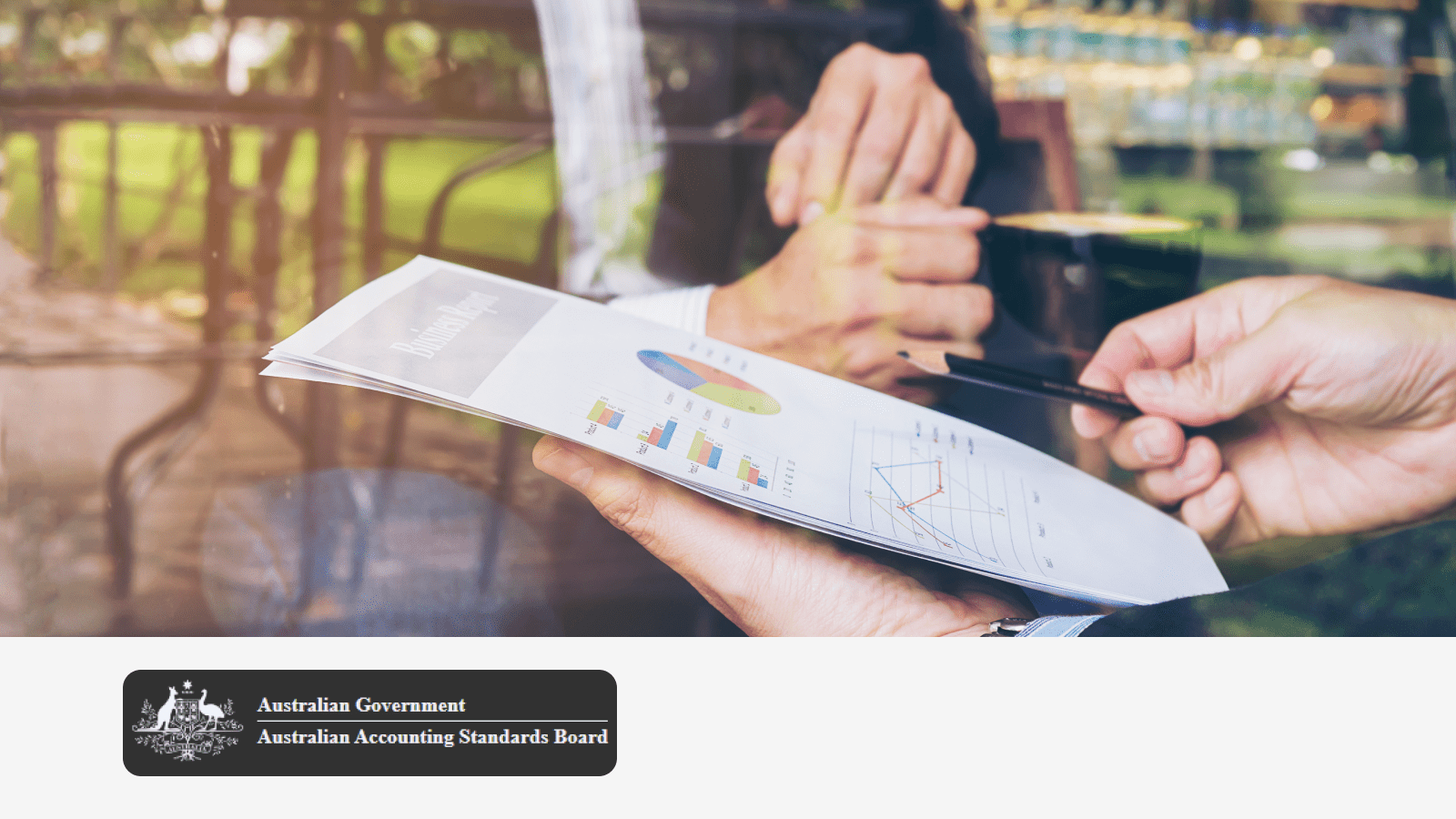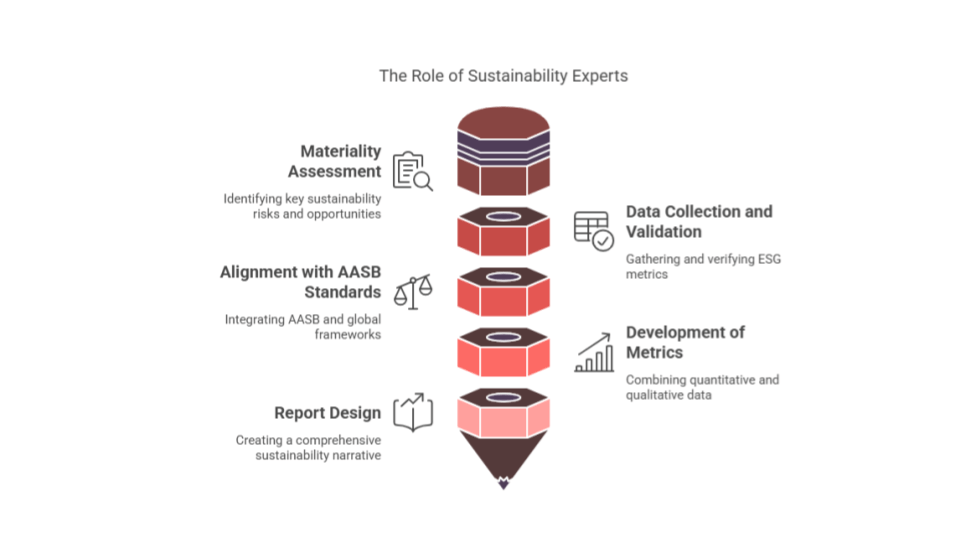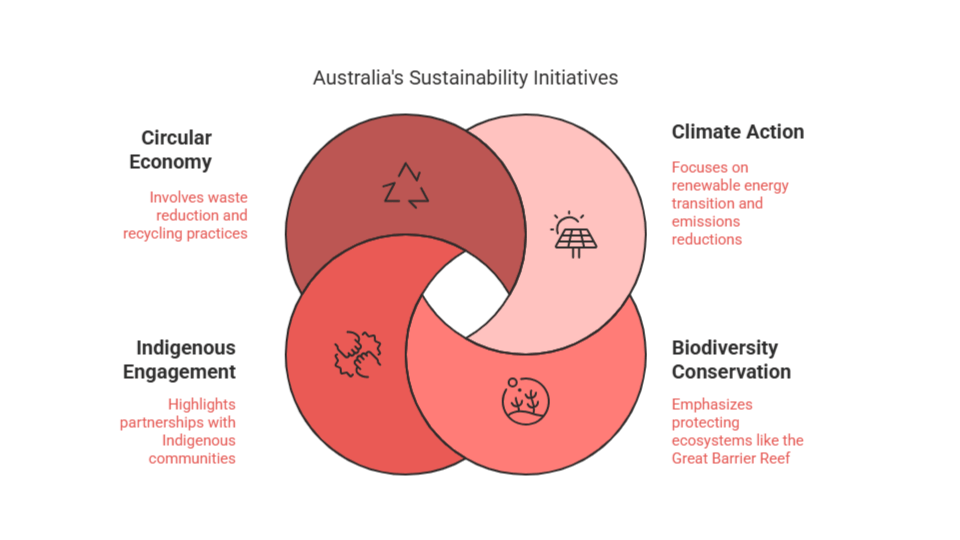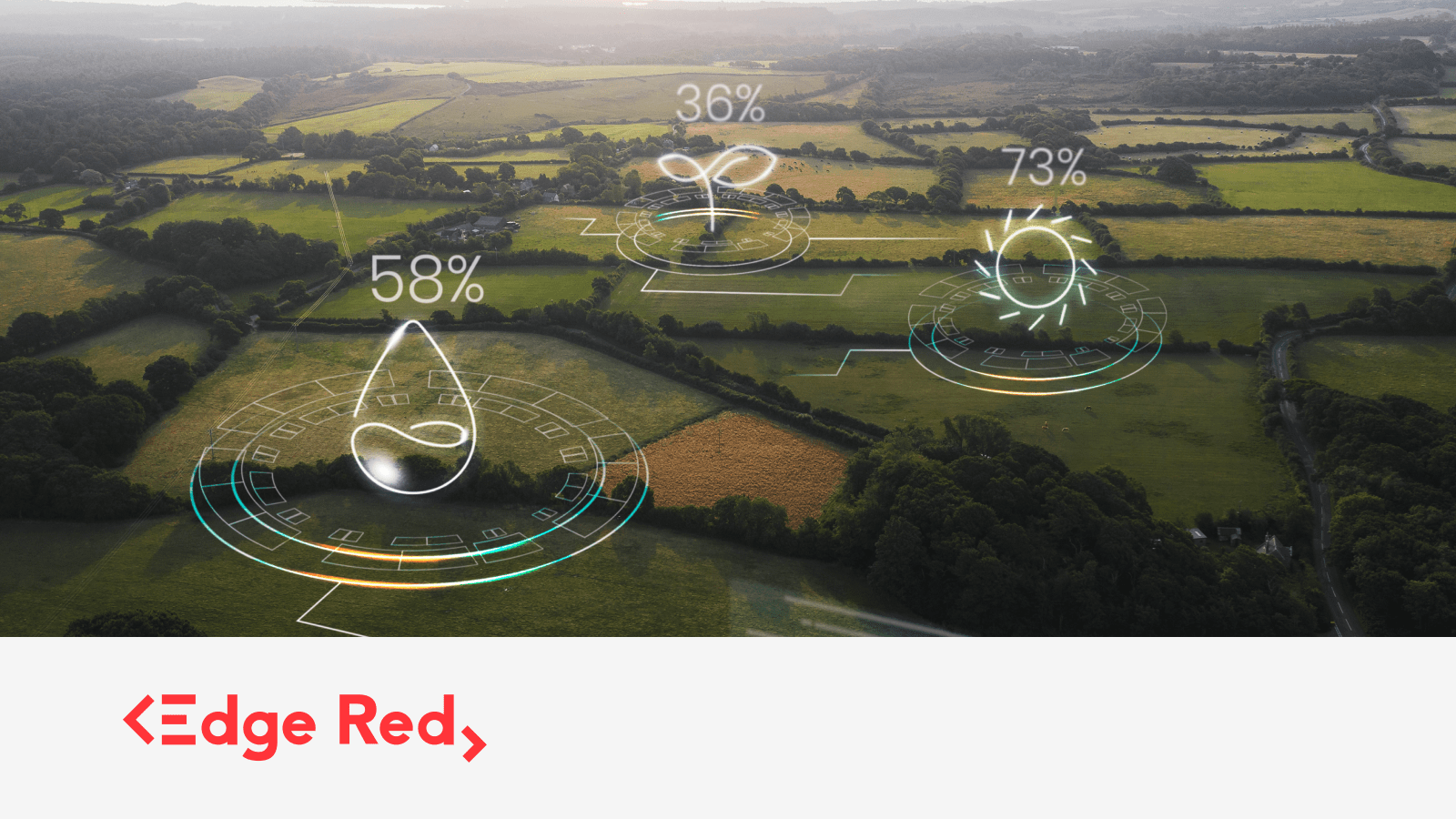Navigating Australia’s Sustainability Reporting Standards (AASB)
15 Apr 2025

As sustainability becomes a cornerstone of corporate responsibility, Australia is leading the charge with its Australian Accounting Standards Board (AASB) Sustainability Reporting Standards. These standards provide a structured framework for organisations to disclose their sustainability-related financial information, ensuring transparency and accountability.
The AASB has introduced two pivotal standards for sustainability reporting:
AASB S1: General Requirements for Disclosure of Sustainability-related Financial Information
This standard provides a broad framework for identifying and disclosing sustainability risks and opportunities that could impact an organisation’s cash flows, access to finance, or cost of capital over the short, medium, or long term. It draws heavily from the International Sustainability Standards Board (ISSB) framework, ensuring alignment with global best practices.
AASB S2: Climate-related Disclosures
Focused exclusively on climate-related risks and opportunities, this standard builds on the Task Force on Climate-Related Financial Disclosures (TCFD) recommendations. It emphasises the financial impacts of climate risks, requiring detailed reporting on metrics such as carbon emissions, energy efficiency initiatives, and climate resilience strategies.
These standards encourage organizations to prioritize materiality, engage stakeholders effectively, and focus on creating long-term value. For sustainability experts, mastering these principles is key to delivering impactful reports.
What Does a Sustainability Expert Do in an AASB Context?
Sustainability experts are instrumental in bridging organisational goals with the AASB’s requirements. Their role involves crafting reports that are compliant, insightful, and aligned with both regulatory standards and stakeholder expectations. Here’s how to approach this process effectively:

Conduct a Materiality Assessment
A materiality assessment is the foundation of any sustainability report. This process identifies the sustainability risks and opportunities most relevant to an organization’s financial performance and stakeholder concerns. Engaging stakeholders such as investors, regulators, and local communities is critical to ensuring the assessment is accurate and comprehensive. The findings of this assessment guide the report’s focus, ensuring it addresses the most pressing issues.
Collect and Validate Data
Accurate data forms the backbone of sustainability reporting. This includes environmental, social, and governance (ESG) metrics such as carbon emissions, water usage, and diversity statistics. Validation processes, including internal audits and third-party verification, enhance the report’s credibility. Reliable disclosures build trust among stakeholders and strengthen organizational reputation.
Align with AASB Standards
Sustainability experts must navigate the requirements of AASB S1 and AASB S2, integrating these with global frameworks like the GRI Standards and TCFD recommendations. Aligning with standardized frameworks ensures consistency and comparability, making the report more meaningful to a global audience.
Develop Quantitative and Qualitative Metrics
Effective sustainability reports balance quantitative data with qualitative narratives. Quantitative metrics include carbon emissions (Scope 1, 2, and 3), renewable energy adoption rates, and ESG investment impacts. Qualitative elements, such as governance practices and community partnerships, add context and depth.
Design a Comprehensive Report
A sustainability report is more than just a compliance document – it’s a narrative about the organisation’s values and vision. Begin with an executive summary that highlights key risks, opportunities, and financial impacts. Address material topics such as environmental performance, social initiatives, and governance practices. Incorporate performance metrics, case studies, and future commitments to illustrate progress and aspirations.
Key Focus Areas for Australian Organizations
Australia’s sustainability landscape presents unique challenges and opportunities, which should be central to any report.

Climate Action
As Australia transitions from fossil fuels to renewable energy, organizations must highlight their contributions to this shift. Solar and wind energy projects are particularly impactful, and metrics on renewable energy adoption and emissions reductions demonstrate tangible progress.
Biodiversity Conservation
Protecting ecosystems such as the Great Barrier Reef is a critical priority. Reports should showcase efforts in biodiversity offsets, conservation funding, and sustainable land use practices.
Indigenous Engagement
Partnering with Aboriginal and Torres Strait Islander communities enhances sustainability initiatives while promoting inclusivity. Case studies of Indigenous-led projects, particularly in land and resource management, add depth to the report.
Circular Economy
Organisations can demonstrate leadership by reducing waste and improving recycling practices. Metrics on waste diversion rates, material recovery, and the lifecycle impacts of products are particularly relevant in this context.
Final Thoughts
To stand out as a sustainability expert, it’s essential to stay informed, collaborate across functions, and leverage data effectively. Regularly review updates to AASB standards and attend training sessions on global frameworks like ISSB and TCFD. Collaboration with finance, operations, and communications teams ensures cohesive reporting.
The AASB standards mark a transformative step in Australia’s sustainability journey, offering organizations a pathway to demonstrate their commitment to responsible practices. By aligning with these standards and leveraging insights from academic research, sustainability experts can craft reports that not only meet regulatory requirements but also inspire trust and action.
At EdgeRed, we specialize in guiding organizations through the complexities of sustainability reporting. From materiality assessments to report design, we provide the tools and expertise needed to succeed in this evolving landscape. Together, we can craft a future where transparency and accountability drive meaningful change.
References
- Kaur, A., & Lodhia, S. (2018). Stakeholder engagement in sustainability accounting and reporting. Emerald.
- Ameer, R., & Othman, T. (2022). Sustainability practices disclosure of top logistics firms in Australia. Emerald.
- Frost, G., Jones, S., Loftus, J., & van der Laan, S. (2005). The uptake of sustainability reporting in Australia. Springer.
- Wong, A. (2014). Development of sustainability reporting frameworks: The case of Australia. Springer.
- de Villiers, C., & Maroun, W. (2017). Stakeholder relationships, engagement, and sustainability reporting. Journal of Business Ethics.
This blog was written by Natalie and Sai.
About EdgeRed
EdgeRed is an Australian boutique consultancy with expert data analytics and AI consultants in Sydney and Melbourne. We help businesses turn data into insights, driving faster and smarter decisions. Our team specialises in the modern data stack, using tools like Snowflake, dbt, Databricks, and Power BI to deliver scalable, seamless solutions. Whether you need augmented resources or full-scale execution, we’re here to support your team and unlock real business value.
Subscribe to our newsletter to receive our latest data analysis and reports directly to your inbox.


